
When is the Best Time to Visit Chiang Mai: A Guide to the 3 Seasons
When is the best time to visit Chiang Mai? Our local guide details the cool, hot, & rainy seasons, covering weather, festivals, crowds, & costs.
11/19/20259 min read

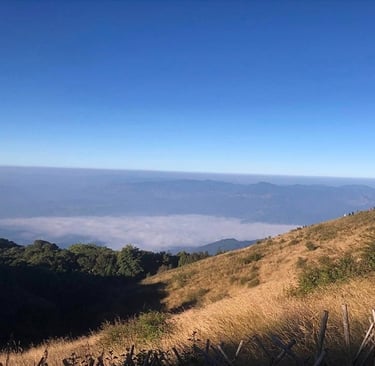
Chiang Mai's Three Seasons: When is the Best Time to Visit?
"When is the best time to visit Chiang Mai?"
This is, without a doubt, the number one question on every traveler's mind. You type it into Google, you ask your friends, you post it in travel forums. You’re looking for that perfect window, that magical month when the "Rose of the North" is at its absolute best.
The simple answer? It’s not that simple.
Unlike many Western destinations with four distinct seasons of spring, summer, fall, and winter, Chiang Mai operates on a different rhythm. We live by three seasons: the Cool Season, the Hot Season, and the Rainy (or Green) Season.
I’m here to tell you the truth: there is no single "best" time. The "best" time to visit Chiang Mai depends entirely on you. What are you looking for? Are you dreaming of clear blue skies and crisp mountain air? Are you a budget-conscious backpacker looking for lush, green landscapes? Or are you a cultural enthusiast willing to brave the heat for the world's biggest water fight?
As locals, we’ve seen the city through all its cycles. We’ve seen the misty mountains in December, the wild celebrations of Songkran in April, and the vibrant, emerald-green rice fields in August. Each season offers a completely different, unique, and magical version of Chiang Mai.
This guide will break down the pros, the cons, and the honest realities of all three seasons. We'll cover weather, festivals, costs, and atmosphere. By the end, you won't need to ask us when the best time to visit is; you'll be able to confidently decide for yourself.
1. The Cool Season: "Postcard-Perfect Paradise"
(November – February)
This is the season you’ve seen on postcards and Instagram. It’s Chiang Mai’s "high season" for a reason. After the long rains, the city shakes off the humidity, the skies clear to a brilliant, cloudless blue, and a comfortable, refreshing air settles over the valley.
The Weather: In a word: heavenly. This is as close to "perfect" as weather gets.
Daytime: Expect beautifully sunny days with average temperatures hovering between 25°C and 30°C (77°F - 86°F). The humidity is low, making it incredibly pleasant for walking.
Nighttime: This is the real treat. Temperatures can drop significantly, especially in December and January. It’s not uncommon for it to be 10°C - 15°C (50°F - 59°F). You will genuinely need a light jacket or sweater in the evenings, which is a delightful novelty in Thailand. If you head up to the mountains like Doi Inthanon, it can even approach freezing.
Pros of the Cool Season:
Perfect Weather: This is the biggest draw. It’s ideal for every single activity: temple-hopping in the Old City, hiking in the mountains, sitting at an outdoor café for hours, or exploring the night markets.
Major Festivals: This season hosts two of Chiang Mai's most iconic events.
Loi Krathong & Yi Peng (November): This is the famous lantern festival. The sight of thousands of glowing lanterns rising into the night sky, combined with floating krathongs on the river, is a bucket-list experience that brings travelers from all over the world.
Chiang Mai Flower Festival (February): A stunning, colorful parade and celebration where the city's tropical flowers are on full display.
Clear Views: The lack of rain and haze means you get crystal-clear views from mountain-top temples like Wat Phra That Doi Suthep.
Vibrant Atmosphere: The city is buzzing with energy. Restaurants are full, markets are bustling, and there’s a palpable, joyous vibe in the air.
Cons of the Cool Season:
Crowds: You will not be alone. This is peak tourist season, and the city is packed. Popular temples, restaurants, and markets can be shoulder-to-shoulder.
Highest Prices: Basic economics. High demand means high prices. Expect to pay a premium for flights, hotels, and even some tours. Accommodation can be 50-100% more expensive than in the low season.
Booking in Advance is Essential: You must book your hotels and flights months in advance, especially if your trip overlaps with the Yi Peng festival. The best restaurants and tours also get booked solid.
Who is the Cool Season for? This season is perfect for first-time visitors who want the "classic" Chiang Mai experience, festival lovers who want to see Yi Peng, and anyone who prioritizes perfect weather above all else and doesn't mind paying a premium for it.
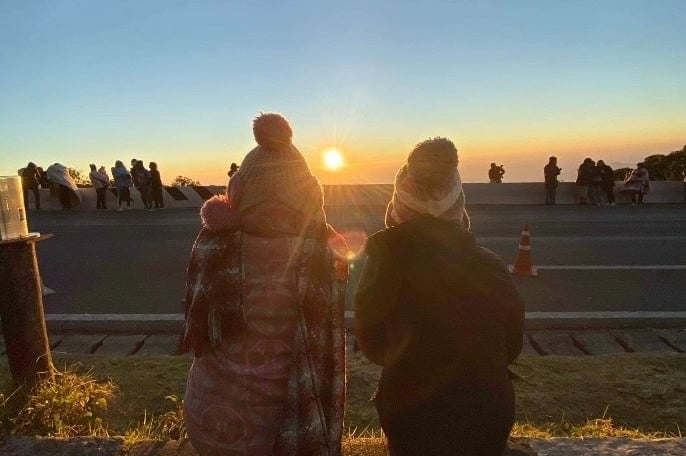

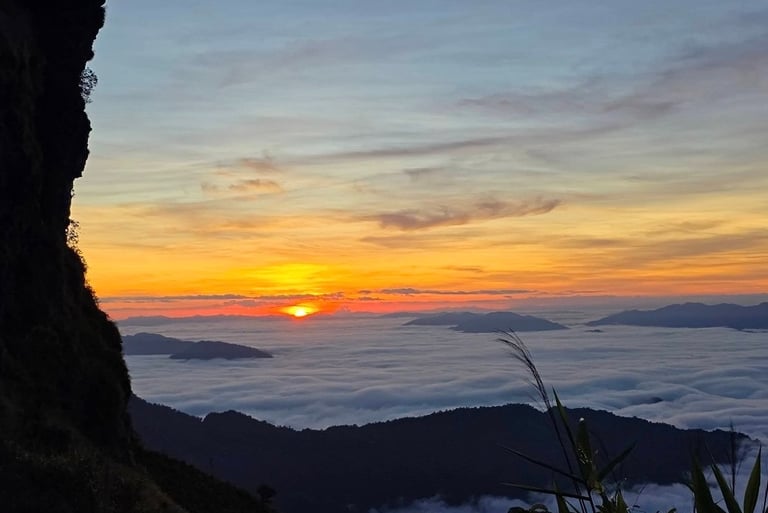

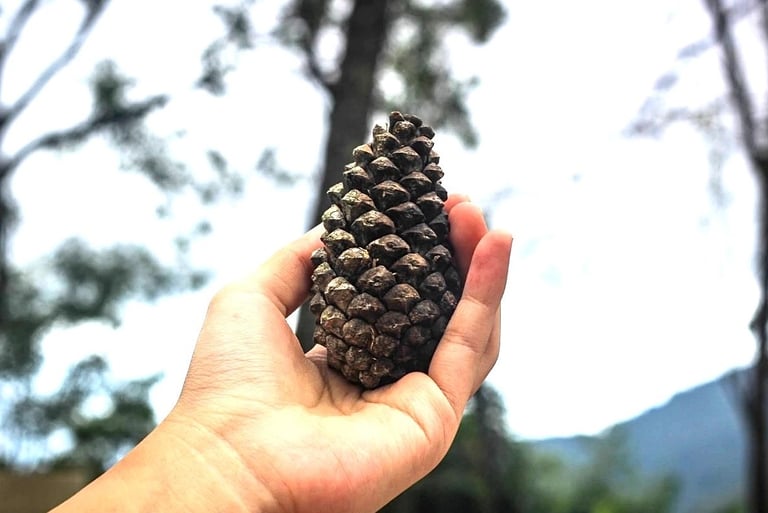


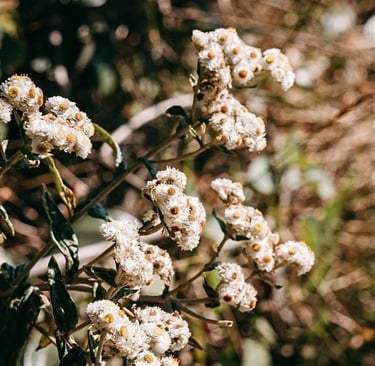
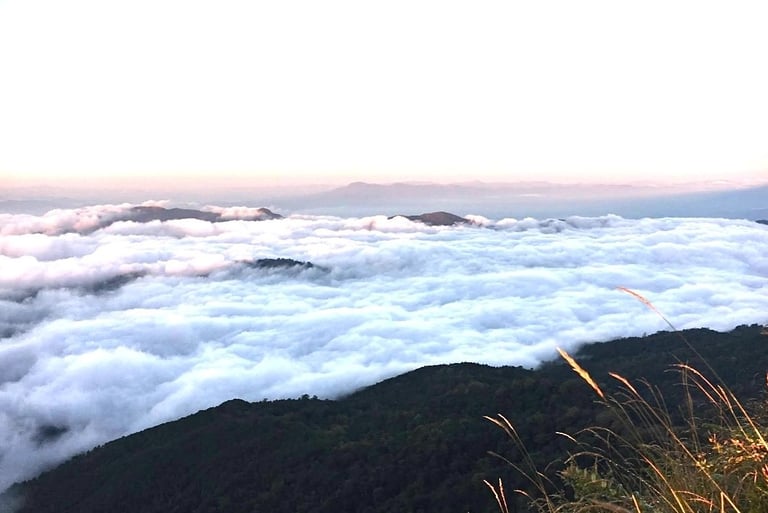

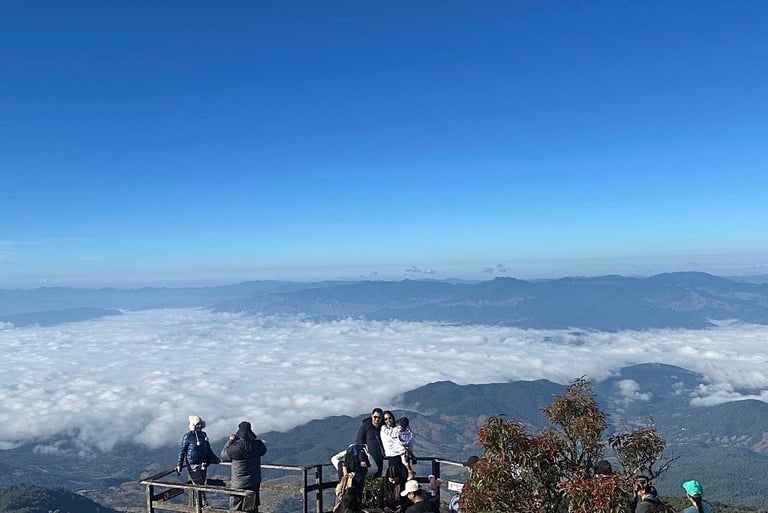

2. The Hot Season: "Fire & Festivals"
(March – May)
As the cool air recedes, the heat begins to build. This season is one of intense contrast. It holds both the year's most challenging environmental issue and its most joyous, world-famous celebration. It is a season of fire, water, and intense, unfiltered Thai energy.
The Weather: Let’s be perfectly honest: it is hot. From late March to May, temperatures regularly soar to 35°C - 40°C (95°F - 104°F) and beyond. The heat is dry and suffocating, and the sun is relentless. Daytime exploration can be genuinely exhausting.
The "Smoky Season" (March & April): This is the most critical "con" of this season, and it’s vital you know about it. This period is often called the "smoky season" or "burning season." It’s a time when farmers in Northern Thailand (and neighboring countries) burn their agricultural waste, and this, combined with the hot, dry weather, traps a thick haze of smoke and smog in the valley.
Impact: The air quality (AQI) can become very unhealthy. Mountain views completely disappear, and the smoke can cause respiratory irritation and sore throats. We highly recommend checking the real-time AQI levels on apps like IQAir before and during your trip.
Honest Advice: If you have respiratory issues (like asthma) or are traveling with young children or the elderly, we would strongly advise against visiting in March or early April.
So... Why Would Anyone Visit? The Pros:
Songkran! (April 13th-15th): This is the single biggest "pro." Songkran is the Thai New Year, and in Chiang Mai, it’s celebrated as the biggest water festival in the world. For three days (or more), the entire city turns into a joyous, chaotic, and incredibly fun water fight. It is an unforgettable, bucket-list cultural experience.
Fewer Tourists (Pre-Songkran): Because of the smoke and heat, March is a "shoulder season" with fewer tourists than in the winter, and you can find some good deals on hotels.
Nightlife: The hot days give way to balmy nights. It's the perfect time to explore the city's nightlife, street food markets (which come alive after the sun sets), and rooftop bars.
Cons of the Hot Season:
The Smoke: As mentioned, this is the #1 drawback. It's a real health concern and can ruin the "scenic" part of your trip.
The Oppressive Heat: The high temperatures make it very difficult to be outside between 11 AM and 5 PM. You'll find yourself running from one air-conditioned building to the next.
Who is the Hot Season for? This season is for festival chasers whose primary goal is to experience the madness of Songkran, and budget-conscious travelers who visit in May (after the smoke has cleared and before the rains begin).
Local Tip: This is the season for "indoor activities." Plan your temple visits for sunrise (6 AM) and your market visits for after sunset (7 PM). What do you do during the scorching-hot afternoon? It’s the perfect time to escape into a cool, air-conditioned oasis for a few hours. A long, relaxing oil massage or foot massage isn't just a treat; it's a survival strategy!
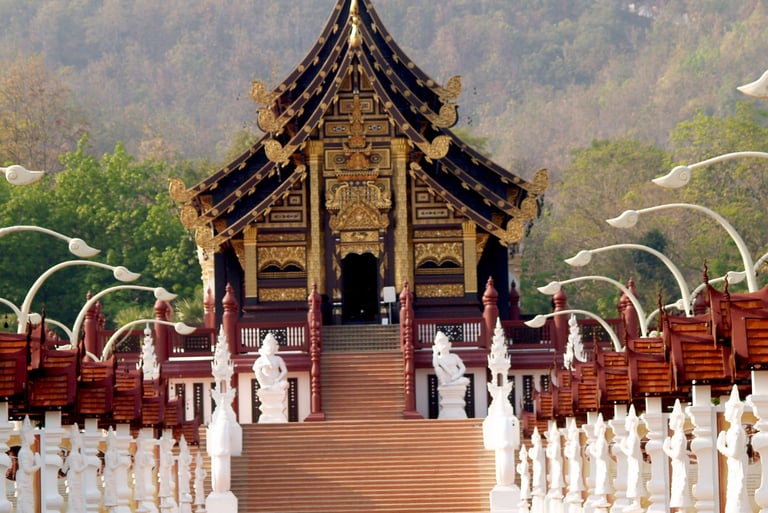

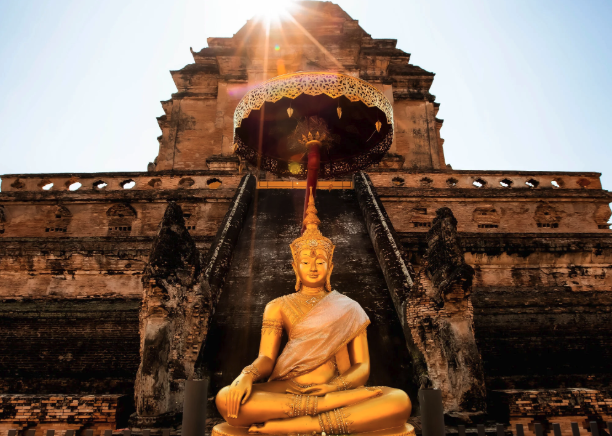

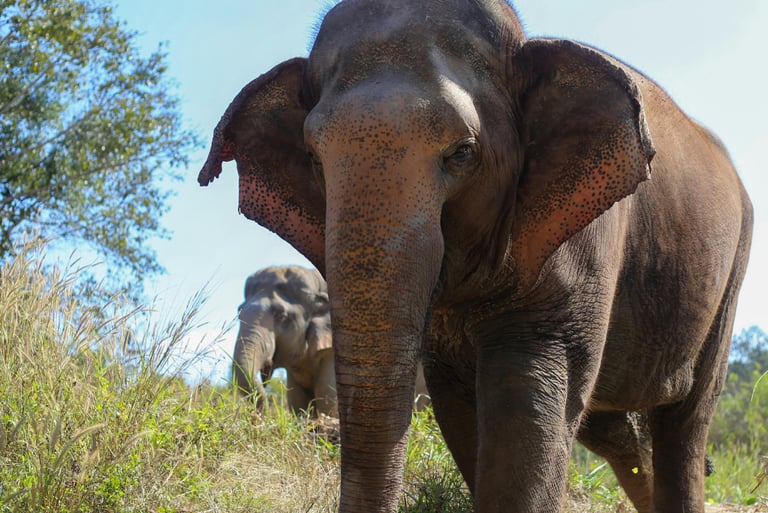

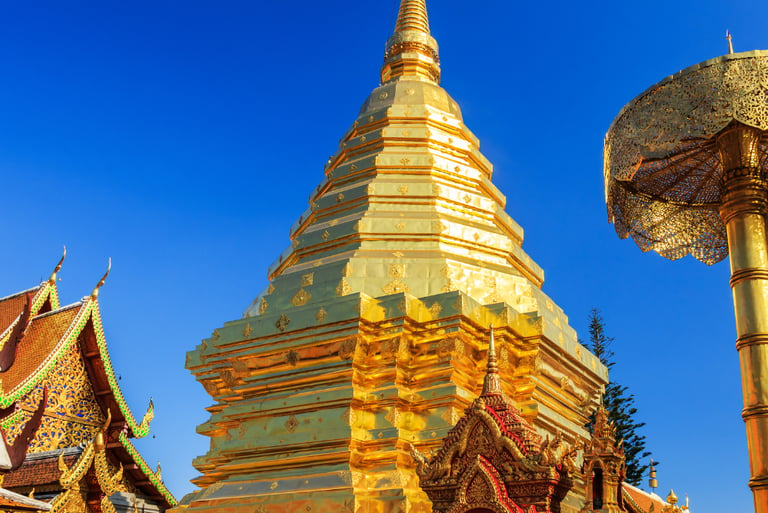

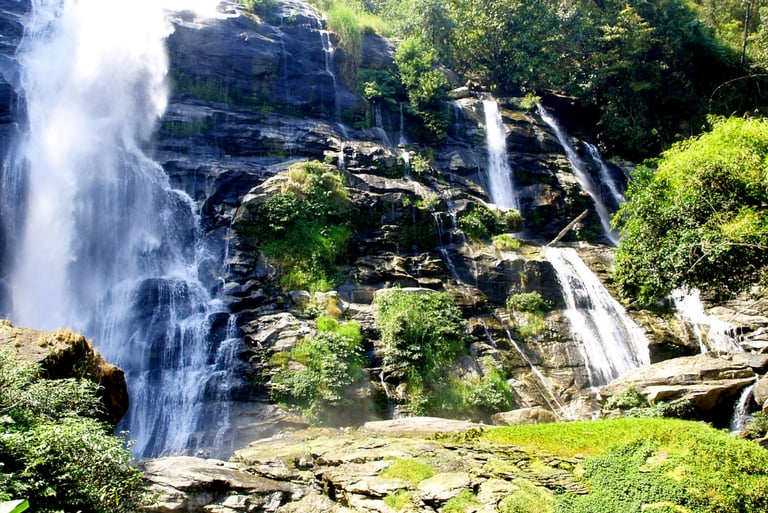


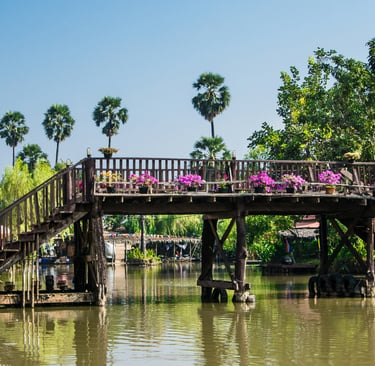
3. The Rainy Season: "The Lush Green Escape"
(June – October)
This is the "low season," and it's our best-kept secret. Many tourists hear "rainy season" and picture a non-stop, -day-long monsoon that washes out their entire vacation. This simply isn't true.
This period is more accurately called the "Green Season," and for many locals and long-term expats, it’s their favorite time of year.
The Weather: Yes, it rains. But it’s not all day. A typical day in the Green Season involves a hot, sunny, and humid morning, followed by a buildup of dramatic, grey clouds in the mid-afternoon. Then, you'll have a short, intense, and wonderfully refreshing downpour (usually from 3 PM - 5 PM). After the storm passes, the air is clean, the streets are washed, and the evening is cool and pleasant.
Humidity: The humidity is high, so you will feel sticky, but the temperatures are a welcome relief after the hot season, usually staying around 30°C - 32°C (86°F - 90°F).
Pros of the Green Season:
LUSH GREENERY: This is the #1 reason to come. The rain transforms the entire region into an impossible, vibrant shade of emerald green. The mountains are alive, the forests are thick, and the rice paddies are at their absolute most beautiful.
Waterfalls! All that rain means the waterfalls (like the Sticky Waterfall or those in Doi Inthanon) are at their most powerful and spectacular.
Lowest Prices: This is the true "low season." You will find the absolute best deals on flights and luxury hotels. It’s a fantastic time to travel if you're on a budget but want a high-end experience.
No Crowds: You will have ancient temples all to yourself. You can get a table at the most popular restaurants without a reservation. You can explore the markets at a leisurely pace. The city feels quiet, authentic, and local.
Cons of the Green Season:
The Rain (Obviously): While predictable, a downpour can still put a damper on your plans. You have to be flexible.
Muddy Trails: If you're a serious trekker, some jungle trails can become very muddy and slippery.
Mosquitoes: More water means more mosquitoes. Be diligent with your bug spray, especially at dawn and dusk.
Humidity: The air is thick and sticky, which some people find uncomfortable.
Who is the Green Season for? This season is for photographers (the landscapes are unbeatable), nature lovers (waterfalls and rice fields), budget travelers looking for 5-star deals, and return visitors who want to see a more relaxed, authentic side of Chiang Mai away from the tourist hordes.
Local Tip: Flexibility is key. Plan your big outdoor adventures (like Doi Suthep) for the morning. Always carry a small, foldable umbrella or poncho. And when that predictable afternoon rain starts? You know the drill. It's the perfect excuse to duck into a cozy sanctuary for a 2-hour traditional Thai massage, listening to the rain fall outside.
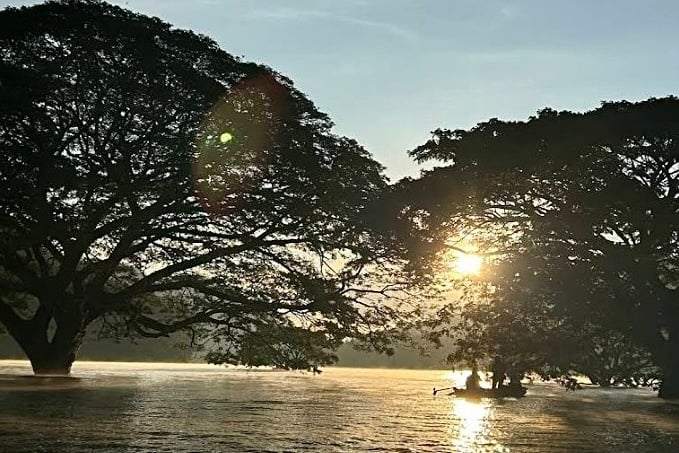

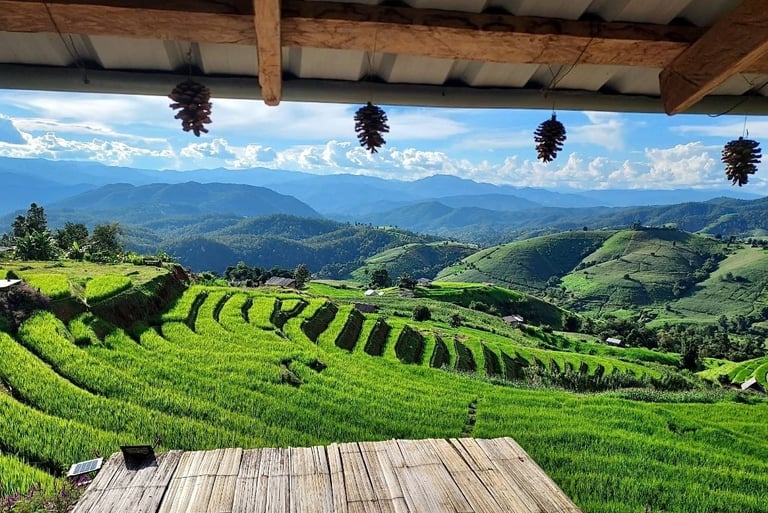

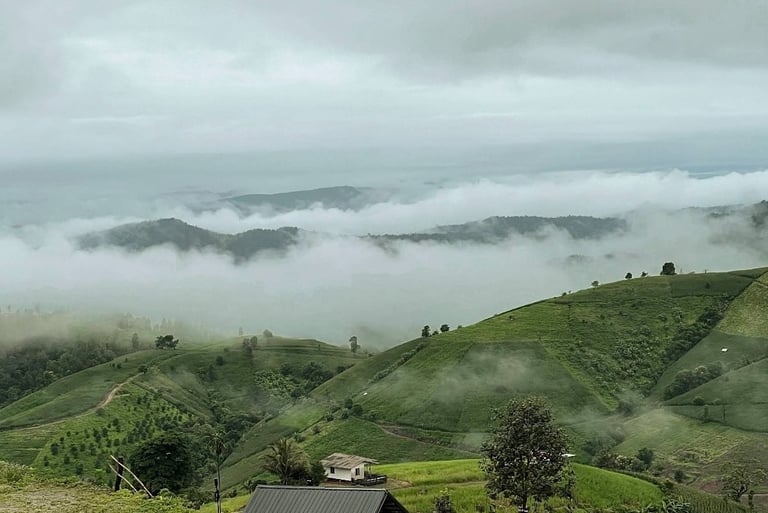



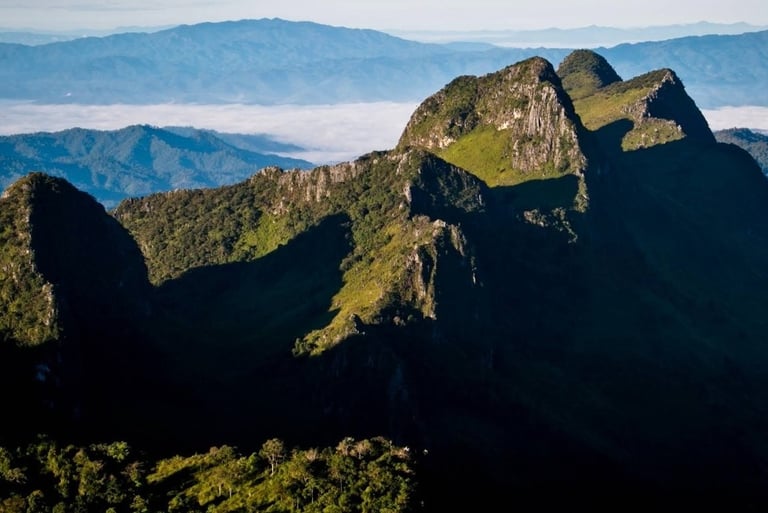



Conclusion: So, When is Your Best Time?
As you can see, the "best" time to visit Chiang Mai is a deeply personal choice.
Choose the Cool Season if you want perfect weather, world-famous festivals, and that "classic" Chiang Mai experience, but be prepared for crowds and high prices.
Choose the Hot Season if you are coming for the epic Songkran festival, but be very cautious of the smoke and prepared for intense heat.
Choose the Rainy (Green) Season if you dream of stunning green landscapes, thundering waterfalls, and a quiet, local experience with no crowds and low prices.
No matter which month you circle on your calendar, Chiang Mai will be waiting for you with its unique magic.
And remember, one activity is perfect in every season. Whether you’re soothing your muscles after a long trek in the cool mountains, escaping the scorching afternoon sun, or staying warm and dry during a rainy-season downpour, a restorative massage is an essential part of the Chiang Mai journey. We at C&R Thai Massage are here to welcome you with a warm smile and healing hands, no matter what the weather is doing outside.
We hope this guide helps you plan your perfect trip. We can't wait to see you!
Branch 1: Sunday Walking Street
(10 AM - 10PM)
Address: 145/8 Rajdamnern Road T. Prasingh
A. Mueng Chiang Mai 50200
Branch 2: Chiang Mai Gate
(10 AM - 10PM)
Address: 18/5 Rat Chiang Saen Road T. Hai Ya
A. Mueng Chiang Mai 50100
Phone Number:
+66 (0) 96 696 2874
+66 (0) 94 601 6207
Email: services.crgroup@gmail.com
